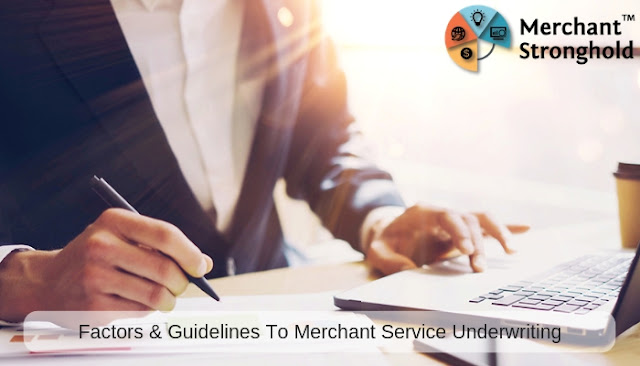High-Risk Merchant Underwriting Process for your Business
The vital goal is to evaluate the business’s level of high risk for the provider. Why?
Because a merchant account is fundamentally a line of credit. If a business is strike with a chargeback but doesn’t have enough funds in the bank to pay it, the provider fronts that expenditure right away.
Just before truthfully establish the High-Risk Business level, providers review the following:
INDUSTRY TYPE
Every business kind has its own level of risk. For example, a business that swipes cards is less likely to deception/fraud and chargebacks, and is, therefore, less dangerous, than a business that sells products on the web. The riskier the business, the more support documents and information required for review.
MERCHANT HISTORY AND CARD ACCEPTANCE METHOD(S)
Providers will need to know things like your business’s chargeback ratio (over 1 percent is a red flag), whether your business is or has been on the Merchant Terminated File and, if so, why. Most providers evaluate current merchant statements to get an idea of processing volume and methods of acceptance. Businesses accepting tips or phone and online orders are there for more features and security measures if approval is there.
PROCESSING LIMITS REQUESTED
Providers will take these into consideration in conjunction with the above information. Providers should set your limits on a happy medium — they should accommodate your regular processing without giving too much room in the event of a large fraudulent charge. If your business doesn’t need very high limits, your account needs a different setup.
BUSINESS HISTORY AND POLICIES
This incorporates years in industry, billing, shipping and returns policies (if applicable). Organizations that ship products are riskier because the product might not be delivered, which can result in a chargeback.
FINANCIAL STABILITY
This can include a look at the business’s bank statements, its financials and, usually, the owner’s credit. This is vital for high-risk businesses, as this information can make or break the merchant underwriting approval.
Without an in-depth analysis, your High-Risk Business may suffer from one or all of the following:
Incorrect Limits
Hidden Volume Fees
Downgrades




Comments
Post a Comment